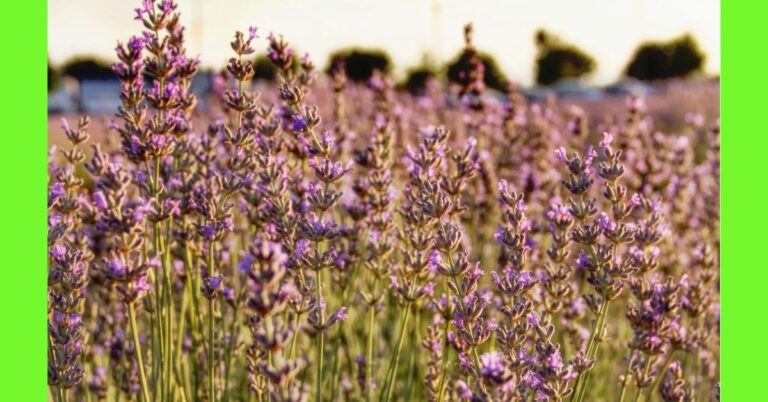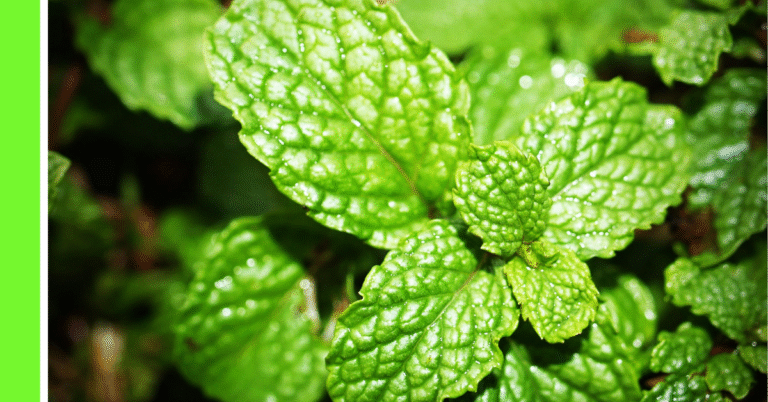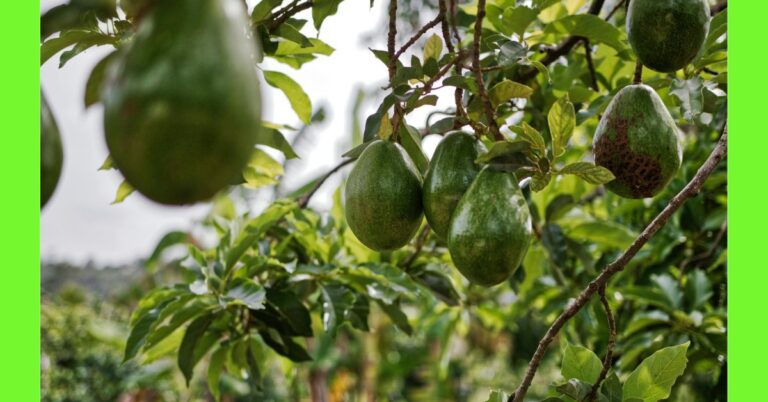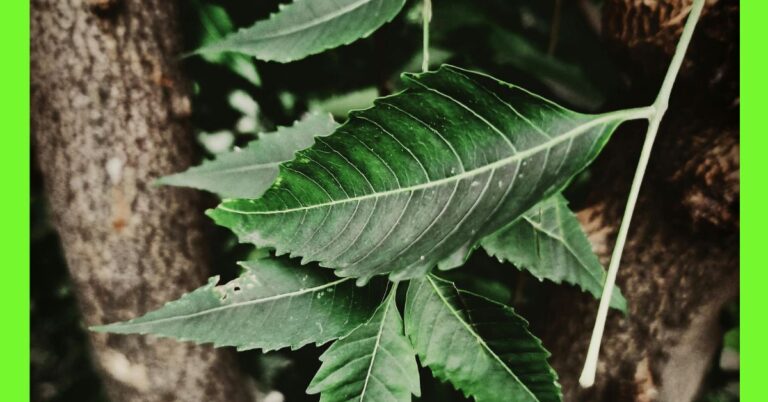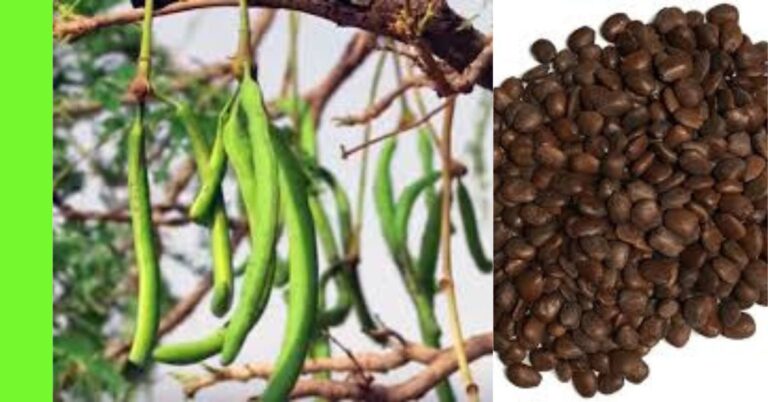How to Plant Hospital Too Far: A Step-by-Step Guide
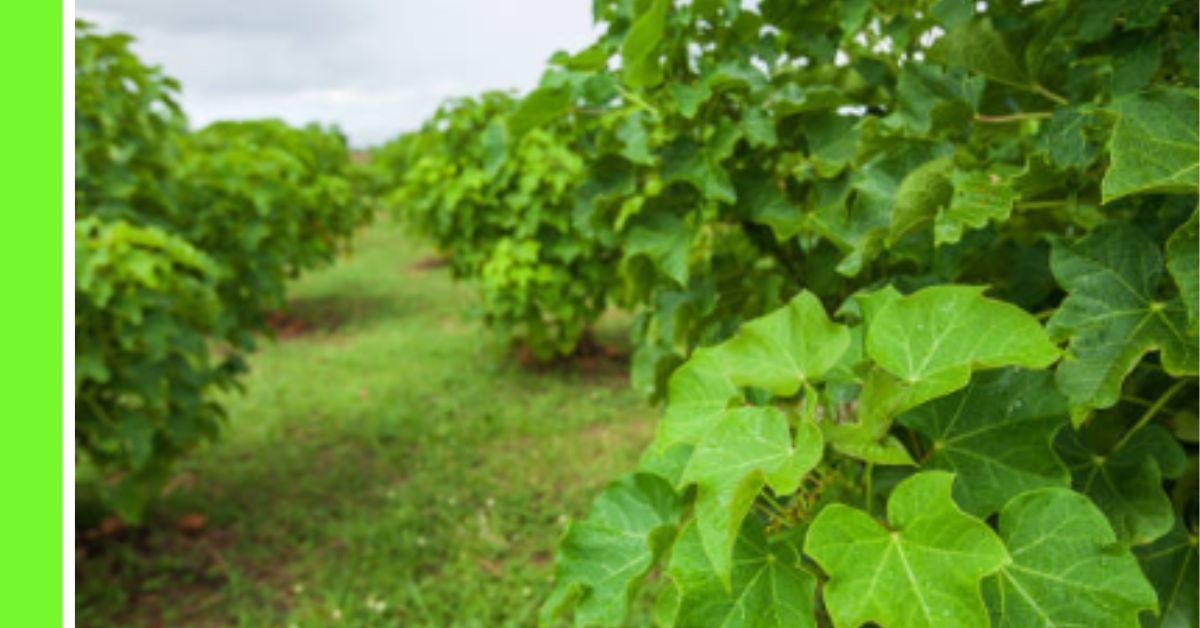
Hospital Too Far, its botanical name is Jatropha curcas.
It’s called Ugu Oyibo in Igbo and Iyana Ipaja in Yoruba
The plant is a hardy, drought-resistant medicinal plant that has earned a notable reputation in Nigeria and many parts of West Africa.
It is valued for its ability to treat various ailments, making it a popular home remedy and an essential part of traditional medicine.
Whether you are planting it for its medicinal value, hedge benefits, or commercial cultivation, this guide provides comprehensive steps on how to grow Hospital Too Far successfully.
Description of a Hospital Too Far Plant
Hospital Too Far, or Jatropha curcas, is a shrub or small tree that can grow up to 5 meters in height.
It is well-known for its thick stems, broad green leaves, and small greenish-yellow flowers.
The plant produces seeds that are housed in capsule-like fruits and contains a toxic oil used in traditional medicine and even biodiesel production.
The nickname “Hospital Too Far” comes from its strong association with its medicinal properties.
Its leaves, bark, and seeds are commonly used to treat ailments such as fever, wounds, skin infections, and digestive issues.
Planting Season for Hospital Too Far
The best time to plant Hospital Too Far is during the early rainy season, typically between March and May in the southern regions and between May and July in the northern zones.
This timing ensures the young plants get sufficient moisture to establish roots before the dry season sets in.
However, since the plant is drought-resistant, it can be planted at other times as long as supplemental watering is provided.
Planting Hospital Too Far
Planting this resilient plant involves several simple but important steps to ensure healthy growth and long-term productivity.
Step 1: Choose a Location
Select a sunny, well-drained location.
Hospital Too Far thrives in a wide range of soils from sandy to loamy, but it performs best in fertile, well-aerated soils.
Avoid waterlogged areas, as excessive moisture can cause root rot.
The site should receive at least 6–8 hours of sunlight daily.
While the plant is tolerant of poor soils, better growth and medicinal potency are achieved in nutrient-rich conditions.
Step 2: Land Clearing and Preparation
Clear the land of weeds, stones, and debris.
Depending on the size of your plot, use a hoe, cutlass, or tractor for larger fields.
After clearing, loosen the soil to a depth of about 15–20 cm using a hoe or hand tiller.
This improves aeration and root penetration.
Create planting beds or ridges if you’re cultivating on a sloped terrain to prevent erosion.
You may also add some organic manure or compost at this stage to enrich the soil before planting.
Step 3: Means of Propagation
Hospital Too Far can be propagated in two main ways:
- By Seed – This is the most common method for home and medicinal gardens.
- By Stem Cuttings – Useful for large-scale or hedge planting, cuttings allow for faster maturity since they bypass germination.
For this guide, we’ll focus on planting by seed, which is the most accessible method for small-scale growers.
Step 4: How to Plant Hospital Too Far from the Seed
Follow these steps to plant Hospital Too Far from seed:
- Seed Selection: Choose mature, healthy seeds from a reliable source. The seeds should be full, unbroken, and dark brown in colour.
- Pre-soaking (Optional): Soak seeds in water for 6–12 hours to soften the shell and encourage faster germination.
- Planting: Dig small holes about 2–3 cm deep and 50–60 cm apart if planting directly in the ground. Drop one seed per hole and cover lightly with soil.
- Spacing: For hedge planting, spacing can be closer, about 30–45 cm apart.
Germination usually occurs within 7–14 days under favourable conditions.
Step 5: Watering
While Hospital Too Far is drought-resistant, young plants require regular watering to establish roots.
Water lightly every 2–3 days after planting and gradually reduce as the plant matures.
During the dry season, water once weekly if necessary.
Avoid overwatering, especially in clay-rich or poorly drained soils.
Step 6: Apply Manure
To enhance growth, apply well-rotted organic manure or compost around the base of the plant after the first few leaves emerge (usually 3–4 weeks after germination).
- Application Rate: Use about 1–2 handfuls per plant.
- Frequency: Once every 4–6 weeks during the growing season.
You may also add wood ash occasionally to increase potassium levels, which supports overall plant health and disease resistance.
Maturity and Harvest
Hospital Too Far plants mature in 3–6 months, depending on the method of propagation and growing conditions.
When grown from seed, fruiting starts around the 5th or 6th month.
Harvesting:
- Harvest the fruits when the pods begin to turn yellow or brown.
- Allow the fruits to dry before extracting the seeds.
- Leaves can be harvested at any time once the plant is well-established and has a good canopy.
Use scissors or garden shears, or a knife to snip leaves or branches cleanly to avoid damaging the main stem.
Pests and Diseases
Though generally hardy, Hospital Too Far may be affected by a few pests and diseases:
- Aphids – These tiny insects suck plant sap, causing curling or yellowing leaves.
- Mealybugs – White, cotton-like insects that can weaken the plant.
- Leaf spots – Fungal infections that cause discoloured patches on leaves.
- Root rot – Often due to overwatering or poor drainage.
Pest and Disease Control
To protect your plants, apply the following pest and disease control measures:
Organic Methods:
- Neem oil spray – Mix neem oil with water and a little soap to spray on affected leaves.
- Garlic and pepper spray – Blend garlic and hot pepper with water, strain, and spray as a natural insect deterrent.
- Handpicking – For visible pests like caterpillars, handpick and dispose of them manually.
Preventive Practices:
- Space plants properly to ensure airflow.
- Remove and burn infected leaves or branches.
- Avoid waterlogging by using raised beds in flood-prone areas.
- Rotate planting locations annually to break pest cycles.
Chemical Methods (Use Sparingly):
- Apply mild insecticides or fungicides if infestations are severe, but only as a last resort and with caution, especially if the leaves will be used medicinally.
Conclusion
Planting Hospital Too Far in Nigeria is not only easy but highly rewarding.
Its medicinal uses, drought tolerance, and quick maturity make it an ideal addition to home gardens, school farms, and small-scale farms.
By following this guide, from seed selection to pest control, you can grow a healthy, productive Hospital Too Far plant that serves both healing and economic purposes.
With proper care, your Hospital Too Far plant will continue to flourish for many years, providing a natural solution when hospitals are indeed too far.
Hope this article was helpful.
Is there any crop you want to grow and can’t find in our How to Grow category?
Let us know; leave a note in the comment box below.

